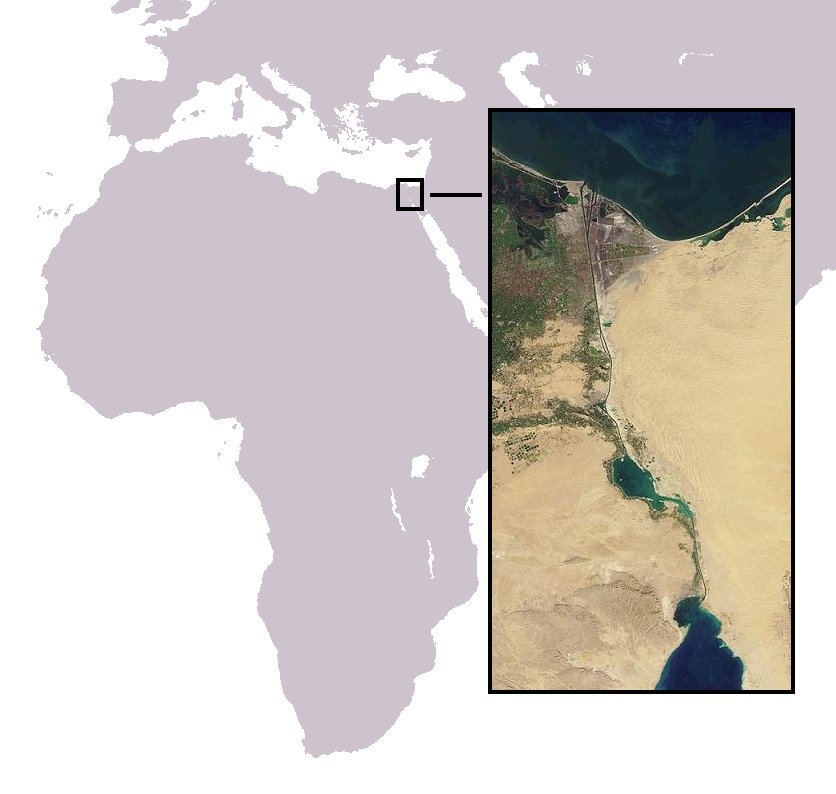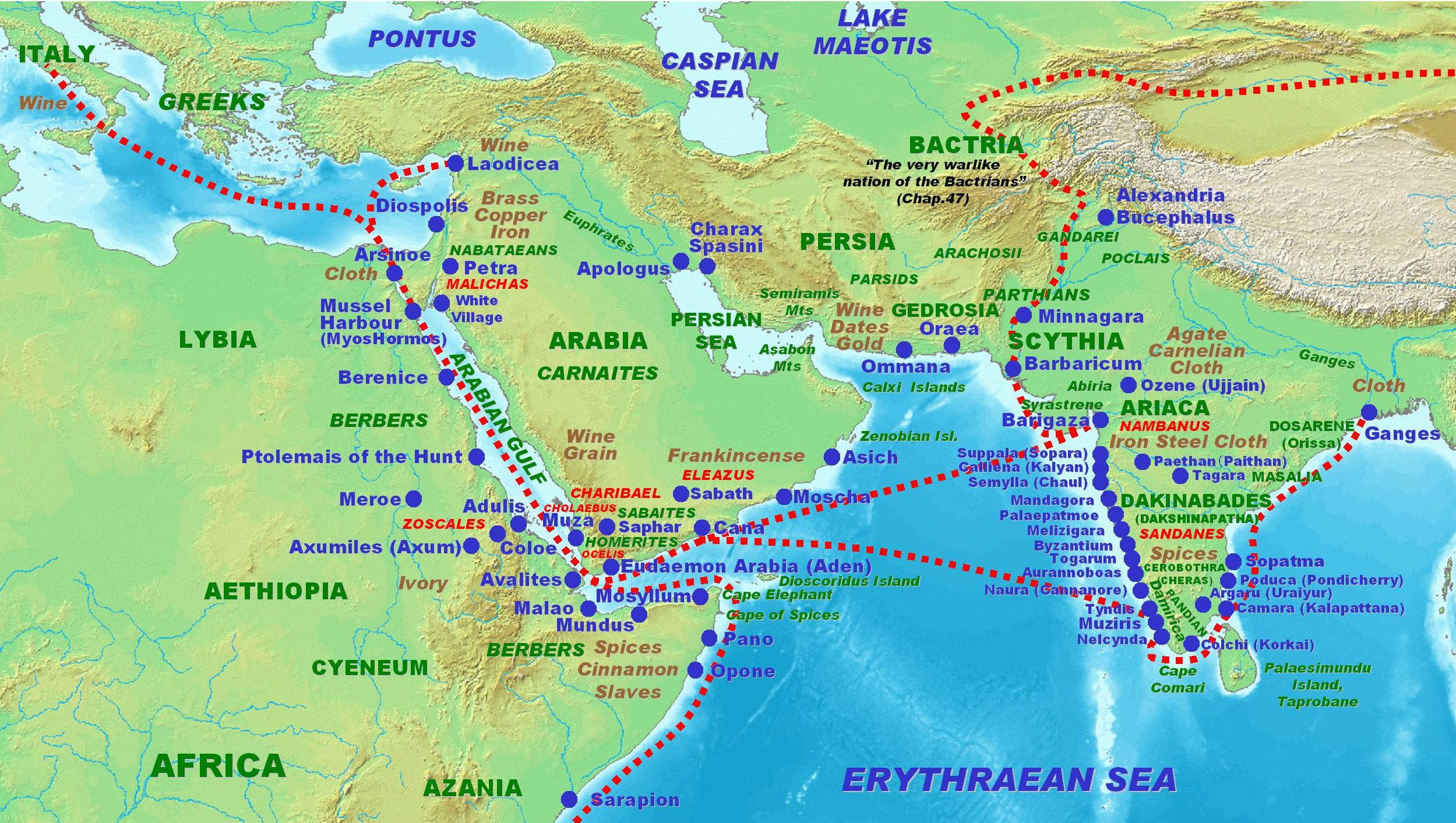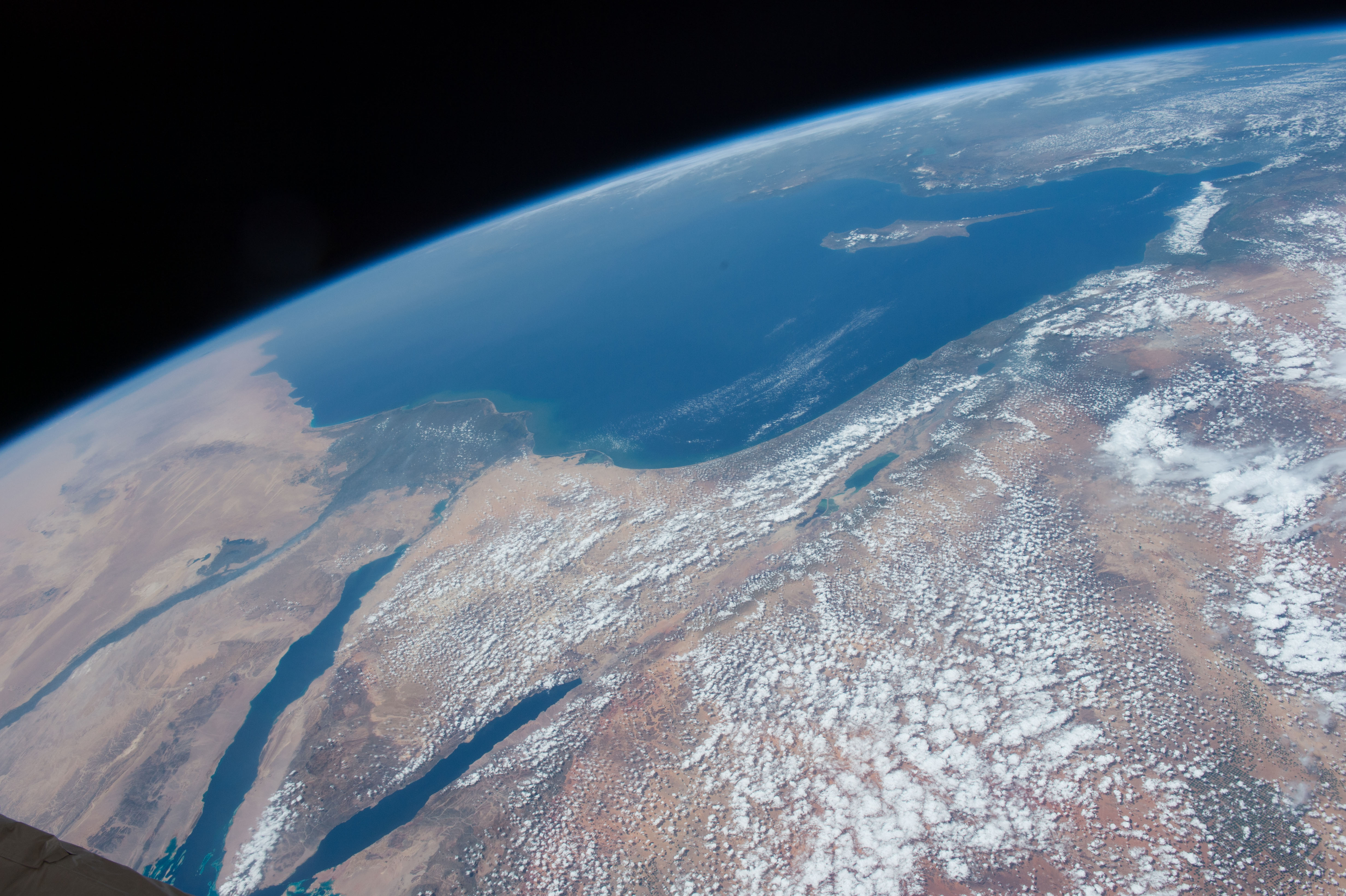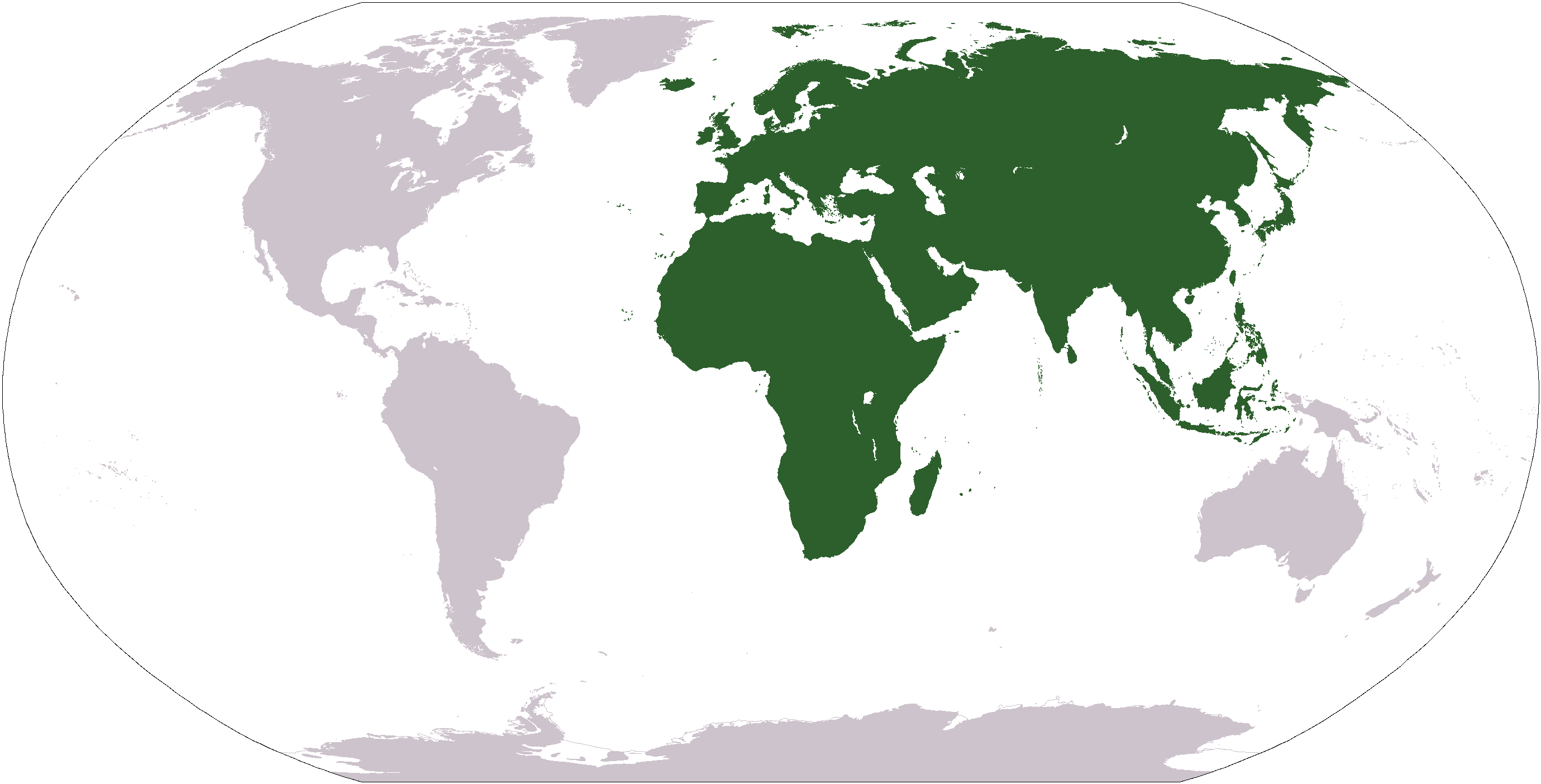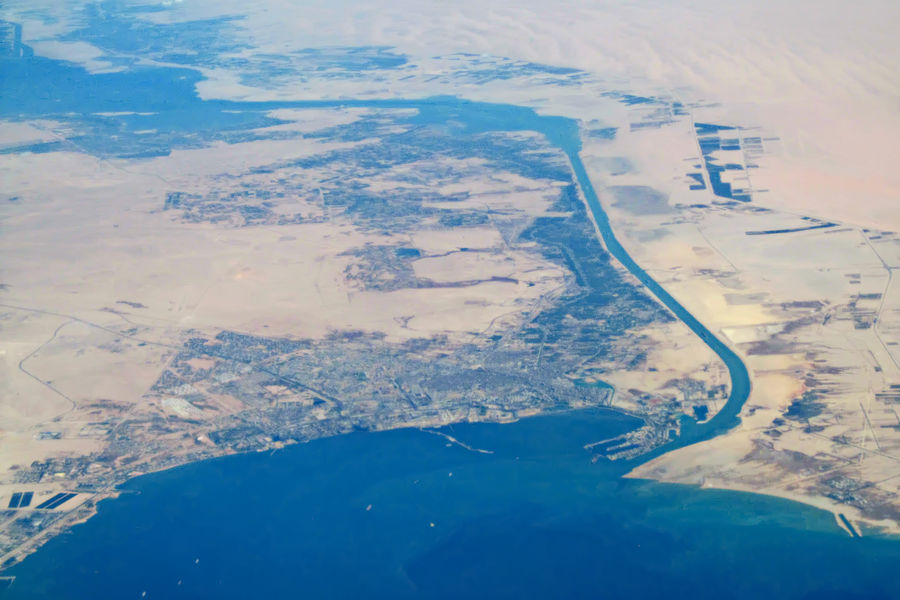|
Indo-Mediterranean
The Indo-Mediterranean is the region comprising the Mediterranean world, the Indian Ocean world, and their connecting regions in the vicinity of the Suez Canal. History Prehistory From around 3000 BCE to 1000 CE, connectivity within Afro-Eurasia was centered upon the Indo-Mediterranean region; William Dalrymple has argued that connectivity in Eurasia centered on this region along with the West Pacific, which put together he refers to as a "The Golden Road: How Ancient India Transformed the World, Golden Road", until 1200 CE and the rise of the Silk Road. Gamal Abdel Nasser, the second president of Egypt (which is at the heart of the Indo-Mediterranean) once described the country as "the crossroads of the world, the thoroughfare of its traders and passageway of its armies." Caravan traffic through the extended arid zone at the heart of much of Afro-Eurasia played a significant role in allowing for Indian Ocean and Mediterranean ports to thrive and trade with each other. Howev ... [...More Info...] [...Related Items...] OR: [Wikipedia] [Google] [Baidu] |
Indian Ocean Trade
Indian Ocean trade has been a key factor in East–West exchanges throughout history. Long-distance maritime trade by Austronesian trade ships and South Asian and Middle Eastern dhows, made it a dynamic zone of interaction between peoples, cultures, and civilizations stretching from Southeast Asia to East and Southeast Africa, and the East Mediterranean in the West, in prehistoric and early historic periods. Cities and states on the Indian Ocean rim focused on both the sea and the land. Early period There was an extensive maritime trade network operating between the Harappan and Mesopotamian civilizations as early as the middle Harappan Phase (2600-1900 BCE), with much commerce being handled by "middlemen merchants from Dilmun" (modern Bahrain and Failaka located in the Persian Gulf). Such long-distance sea trade became feasible with the development of plank-built watercraft, equipped with a single central mast supporting a sail of woven rushes or cloth. Several coas ... [...More Info...] [...Related Items...] OR: [Wikipedia] [Google] [Baidu] |
Indian Ocean World
The Indian Ocean is the third-largest of the world's five oceanic divisions, covering or approximately 20% of the water area of Earth's surface. It is bounded by Asia to the north, Africa to the west and Australia to the east. To the south it is bounded by the Southern Ocean or Antarctica, depending on the definition in use. The Indian Ocean has large marginal or regional seas, including the Andaman Sea, the Arabian Sea, the Bay of Bengal, and the Laccadive Sea. Geologically, the Indian Ocean is the youngest of the oceans, and it has distinct features such as narrow continental shelves. Its average depth is 3,741 m. It is the warmest ocean, with a significant impact on global climate due to its interaction with the atmosphere. Its waters are affected by the Indian Ocean Walker circulation, resulting in unique oceanic currents and upwelling patterns. The Indian Ocean is ecologically diverse, with important ecosystems such as coral reefs, mangroves, and sea grass beds. It hosts ... [...More Info...] [...Related Items...] OR: [Wikipedia] [Google] [Baidu] |
Kala Pani (taboo)
The kala pani (lit. ''black water'') represents the proscription of the over reaching seas in Hinduism. According to this prohibition, crossing the seas to foreign lands causes the loss of one's social respectability, as well as the putrefaction of one’s cultural character and posterity. History The offence of crossing the sea is also known as "Samudrolanghana" or "Sagarollanghana". The Dharma Sutra of Baudhayana (II.1.2.2) lists sea voyages as first of the offences that cause the loss of varna. The Dharma Sutra suggests a person can wipe away this offence in three years by eating little at every fourth meal time; bathing at dawn, noon and dusk; standing during the day; and seated during the night. In Shastra literature sea voyage was generally considered a "marginal issue" and is one of many actions that result in the loss of ''varṇa''. Sea voyage is considered polluting due to the eating of forbidden food and for involving close interactions with non-Hindus ("''mleccha ... [...More Info...] [...Related Items...] OR: [Wikipedia] [Google] [Baidu] |
West Coast Of India
Coastal South West India is a geo-cultural region in the Indian Subcontinent that spans the western half of Coastal India.Studies in , By Ganesh Vasudeo Tagare, Published 1996 Motilal Banarsidass, The region was referred as ''Sapta Konkan'' region in the Skanda Purana. Region Coastal South West India spans across the entire Arabian Sea coastline of the Indian subcontinent from the coastline of the Gulf of Kutch in its westernmost corner and stretches across the Gulf of Khambhat, and through the Salsette Island and Mumbai along the Konkan and southwards across the Raigad region and through Kanara and further down through Mangaluru (Mangalore) and along the Malabar unto the southernmost tip to Kanyakumari (Cape Comorin). In ancient tradition Coastal South West Indian Subcontinent extends till Sri Lanka. People The people along coastal south west India exhibit vast diversity along an underlying commonality as a result of long history of contact with west Asian Mediterra ... [...More Info...] [...Related Items...] OR: [Wikipedia] [Google] [Baidu] |
Indo-Roman Trade Relations
Indo-Roman trade relations (see also the spice trade and incense road) was trade between the Indian subcontinent and the Roman Empire in Europe and the Mediterranean Sea. Trade through the overland caravan routes via Asia Minor and the Middle East, though at a relative trickle compared to later times, preceded the southern trade route via the Red Sea, which started around the beginning of the Common Era (CE), following the reign of Augustus and his conquest of Egypt in 30 BCE. The southern route so helped enhance trade between the ancient Roman Empire and the Indian subcontinent, that Roman politicians and historians are on record decrying the loss of silver and gold to buy silk to pamper Roman wives, and the southern route grew to eclipse and then totally supplant the overland trade route. Roman and Greek traders frequented the ancient Tamil country, present day Southern India and Sri Lanka, securing trade with the seafaring Tamil states of the Pandyan, Chola and Chera d ... [...More Info...] [...Related Items...] OR: [Wikipedia] [Google] [Baidu] |
Mediterranean World
The history of the Mediterranean region and of the cultures and people of the Mediterranean Basin is important for understanding the origin and development of the Mesopotamian, Egyptian, Canaanite, Phoenician, Hebrew, Carthaginian, Minoan, Greek, Persian, Illyrian, Thracian, Etruscan, Iberian, Roman, Byzantine, Bulgarian, Arab, Berber, Ottoman, Christian and Islamic cultures. The Mediterranean Sea was the central superhighway of transport, trade and cultural exchange between diverse peoples encompassing three continents: Western Asia, North Africa, and Southern Europe. Various articles are available under the category: History of the Mediterranean Early history Lézignan-la-Cèbe in France, Orce in Spain, Monte Poggiolo [...More Info...] [...Related Items...] OR: [Wikipedia] [Google] [Baidu] |
Eastern Mediterranean
The Eastern Mediterranean is a loosely delimited region comprising the easternmost portion of the Mediterranean Sea, and well as the adjoining land—often defined as the countries around the Levantine Sea. It includes the southern half of Turkey's main region, Anatolia; its smaller Hatay Province; the island of Cyprus; the Greek Dodecanese islands; and the countries of Egypt, Israel, Jordan, State of Palestine, Palestine, Syria and Lebanon. Its broadest uses can encompass the Libyan Sea (thus Libya), the Aegean Sea (thus East Thrace, European Turkey and the mainland and islands of Greece), and the Ionian Sea (thus southern Albania in Southeast Europe) and can extend west to Italy's farthest south-eastern coasts. Jordan is climatically and economically part of the region. Regions The eastern Mediterranean region is commonly interpreted in two ways: *The Levant, including its historically tied neighboring countries, Balkans and islands of Greece. *The Syria (region), region of Sy ... [...More Info...] [...Related Items...] OR: [Wikipedia] [Google] [Baidu] |
Indo-Roman Trade
Indo-Roman trade relations (see also the spice trade and incense road) was trade between the Indian subcontinent and the Roman Empire in Europe and the Mediterranean Sea. Trade through the overland caravan routes via Asia Minor and the Middle East, though at a relative trickle compared to later times, preceded the Indo-Mediterranean, southern trade route via the Red Sea, which started around the beginning of the Common Era (CE), following the reign of Augustus and Egypt (Roman province), his conquest of Ptolemaic Egypt, Egypt in 30 BCE. The southern route so helped enhance trade between the ancient Roman Empire and the Indian subcontinent, that Roman politicians and historians are on record decrying the loss of silver and gold to buy silk to pamper Roman wives, and the southern route grew to eclipse and then totally supplant the overland trade route. Roman and Greek traders frequented the ancient Tamil country, present day Southern India and Sri Lanka, securing trade with the ... [...More Info...] [...Related Items...] OR: [Wikipedia] [Google] [Baidu] |
Afro-Eurasia
Afro-Eurasia (also Afroeurasia and Eurafrasia) is a landmass comprising the continents of Africa, Asia, and Europe. The terms are compound (linguistics), compound words of the names of its constituent parts. Afro-Eurasia has also been called the "Old World", in contrast to the "New World" referring to the Americas. Afro-Eurasia encompasses , 57% of the world's land area, and has a population of approximately 6.7 billion people, roughly 86% of the world population. Together with mainland Australia, they comprise the vast majority of the land in the world's Eastern Hemisphere. The Afro-Eurasian mainland is the largest and most populous contiguous landmass on Earth. Related terms The following terms are used for similar concepts: * Ecumene: a term from classical antiquity for the world as was known to ancient Greek scholars, which was limited to Europe and parts of Africa and Asia. * Old World: a term from the Age of Discovery which, for European explorers, contrasted their pre ... [...More Info...] [...Related Items...] OR: [Wikipedia] [Google] [Baidu] |
Suez Canal
The Suez Canal (; , ') is an artificial sea-level waterway in Egypt, Indo-Mediterranean, connecting the Mediterranean Sea to the Red Sea through the Isthmus of Suez and dividing Africa and Asia (and by extension, the Sinai Peninsula from the rest of Egypt). The canal is a key trade route between Europe and Asia. In 1858, French diplomat Ferdinand de Lesseps formed the Suez Canal Company, Compagnie de Suez for the express purpose of building the canal. Construction of the canal lasted from 1859 to 1869. The canal officially opened on 17 November 1869. It offers vessels a direct route between the Atlantic Ocean#North Atlantic, North Atlantic and northern Indian Ocean, Indian oceans via the Mediterranean Sea and the Red Sea, avoiding the South Atlantic and southern Indian oceans and reducing the journey distance from the Arabian Sea to London by approximately , to 10 days at or 8 days at . The canal extends from the northern terminus of Port Said to the southern terminus of Port ... [...More Info...] [...Related Items...] OR: [Wikipedia] [Google] [Baidu] |
Mecca
Mecca, officially Makkah al-Mukarramah, is the capital of Mecca Province in the Hejaz region of western Saudi Arabia; it is the Holiest sites in Islam, holiest city in Islam. It is inland from Jeddah on the Red Sea, in a narrow valley above sea level. Its metropolitan population in 2022 was 2.4million, making it the List of cities in Saudi Arabia by population, third-most populated city in Saudi Arabia after Riyadh and Jeddah. Around 44.5% of the population are Saudis, Saudi citizens and around 55.5% are Muslim world, Muslim foreigners from other countries. Pilgrims more than triple the population number every year during the Pilgrimage#Islam, pilgrimage, observed in the twelfth Islamic calendar, Hijri month of . With over 10.8 million international visitors in 2023, Mecca was one of the ten List of cities by international visitors, most visited cities in the world. Mecca is generally considered "the fountainhead and cradle of Islam". Mecca is revered in Islam as the birthp ... [...More Info...] [...Related Items...] OR: [Wikipedia] [Google] [Baidu] |
Hajj
Hajj (; ; also spelled Hadj, Haj or Haji) is an annual Islamic pilgrimage to Mecca, Saudi Arabia, the holiest city for Muslims. Hajj is a mandatory religious duty for capable Muslims that must be carried out at least once in their lifetime by all adult Muslims who are physically and financially capable of undertaking the journey, and of supporting their family during their absence from home. In Islamic terminology, Hajj is a pilgrimage made to the Kaaba, the "House of Allah", in the sacred city of Mecca in Saudi Arabia. It is one of the Five Pillars of Islam, alongside (oath that one believes there is no god but Allah), (prayer), (almsgiving), and (fasting during Ramadan). The Hajj is an annual practice when Muslim brotherhood is on display and their solidarity with fellow Muslim people and submission to God (Allah) is fulfilled. The Hajj is taken by Muslims to cleanse their souls of all worldly sins, which connotes both the outward act of a journey after death and th ... [...More Info...] [...Related Items...] OR: [Wikipedia] [Google] [Baidu] |
